1. Loss of Habitat
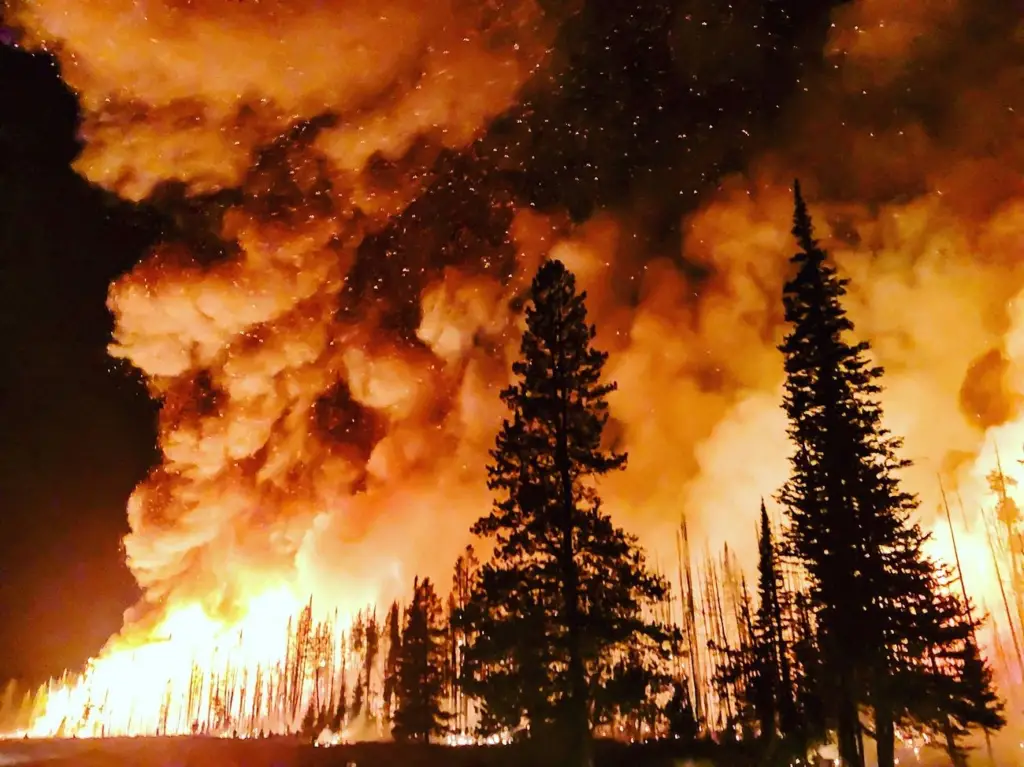
According to Vox, one of the most immediate impacts of wildfires on wildlife is the destruction of their natural habitats. Forests, grasslands, wetlands, and chaparral ecosystems that serve as homes for countless species are often ravaged by the flames. These habitats provide essential shelter for animals, from large mammals to tiny insects, and also support plant species that animals rely on for food. The rapid loss of these environments forces animals to flee in search of new homes, putting them at risk of injury or death as they navigate unfamiliar and unsafe terrain.
Many species that have evolved to thrive in these environments face an existential crisis when they can no longer find shelter or the resources they need to survive. The loss of large swaths of land also has long-term consequences, as it may take decades for ecosystems to regenerate fully. While some species may be able to adapt to new habitats, others may struggle to survive in unfamiliar environments. The recovery of these habitats requires both natural regrowth and human intervention, but restoring such complex ecosystems is no easy feat. For now, wildlife is left grappling with a drastically altered landscape that may never be the same again.
2. Decreased Food Sources
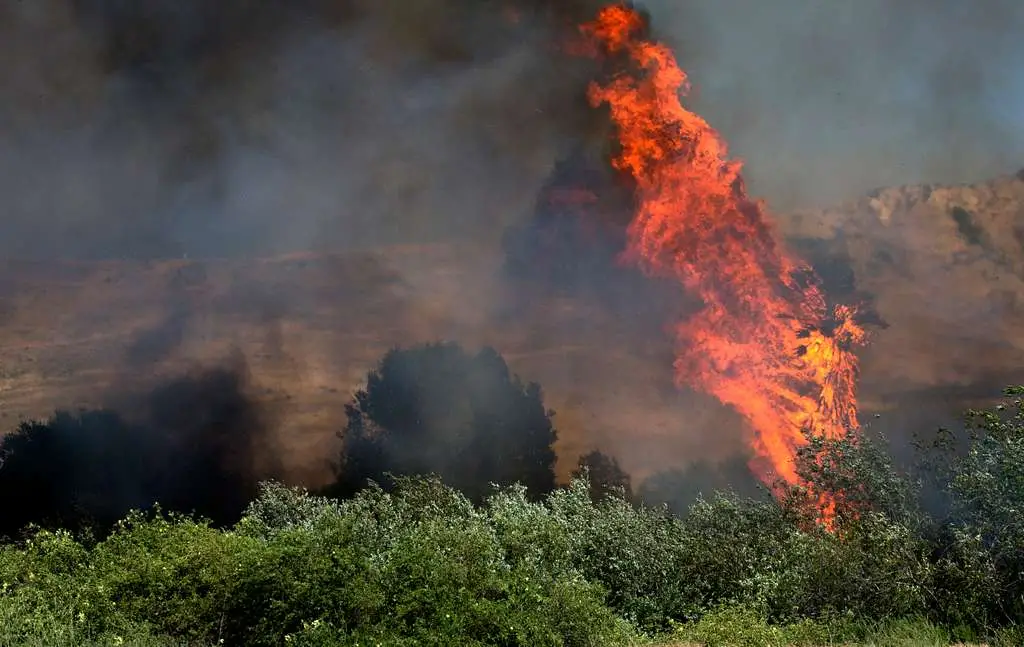
In the aftermath of a wildfire, food sources for wildlife become scarce, which exacerbates the survival struggles of many species. According to The Fur-Bearers, herbivores depend on specific types of vegetation for nourishment, but once fires ravage these areas, the food supply is obliterated. Grasslands that once supported herds of grazing animals may turn into barren wastelands, while trees that once provided fruit or seeds are reduced to charred stumps. This shortage of food affects the entire food chain. Carnivores, which rely on herbivores for sustenance, find their prey populations diminished, making it harder for them to find enough to eat. Smaller animals that depend on plant life for food often face malnutrition and starvation, while larger animals may struggle to maintain their strength.
In the absence of natural food sources, some animals may venture into urban areas, increasing the risk of conflicts with humans. This shortage also affects young animals that are particularly vulnerable, as they may not have developed the necessary skills to find alternative sources of food. Additionally, the lack of food leads to competition between species, further exacerbating the challenges animals face in recovering after the fire. As wildlife struggles to find nourishment, their chances of survival diminish, and the recovery of populations becomes even more uncertain.
3. Increased Risk of Predation
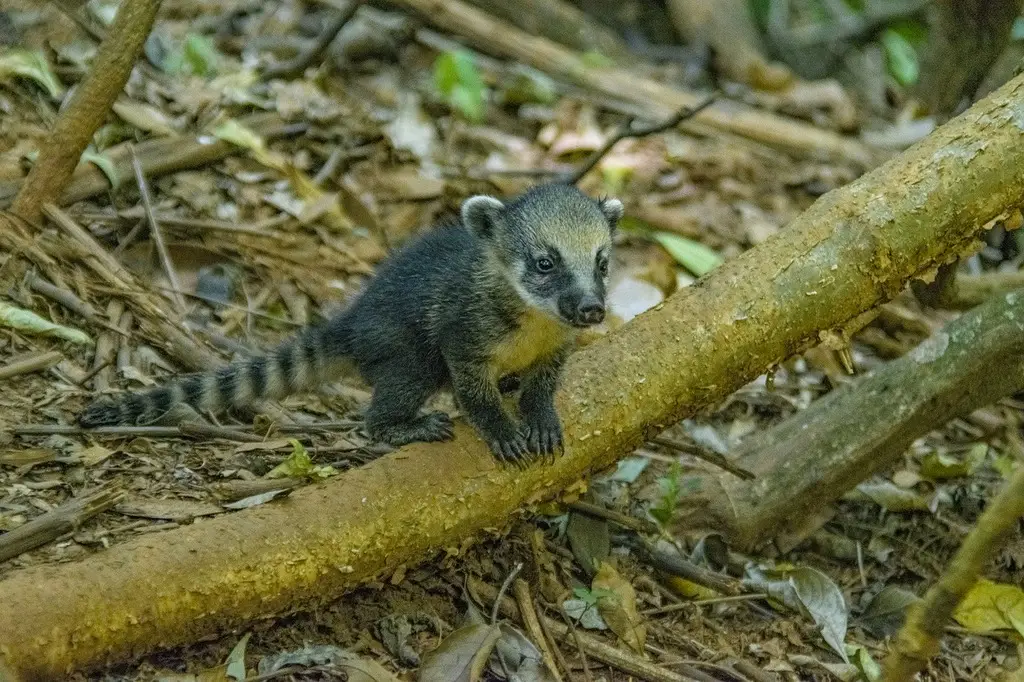
After a wildfire, animals often find themselves in a more vulnerable position when it comes to predation. The chaos caused by the fire, coupled with the loss of shelter, leaves animals exposed to predators. Small mammals, for example, may have fewer places to hide, making them easy targets for birds of prey or carnivorous mammals. According to a study published in ScienceDirect, larger animals, such as deer or mountain lions, the destruction of the landscape may force them into closer proximity to human communities, increasing the likelihood of encounters with predators that have adapted to the new post-fire environment. Additionally, fires often leave behind burned areas that attract scavengers looking for carrion, which can further disrupt the natural balance of predator-prey dynamics.
In some cases, animals that would typically avoid predators are forced to take risks, leading to higher mortality rates. This shift in predation patterns not only affects individual animals but also disrupts entire ecosystems by throwing off the balance between predator and prey populations. As animals continue to struggle in the aftermath of the fire, their ability to avoid predation becomes one of the most critical factors in determining their survival. Without access to safe spaces to shelter, feed, and reproduce, wildlife populations may face further declines.
4. Endangered Species at Greater Risk
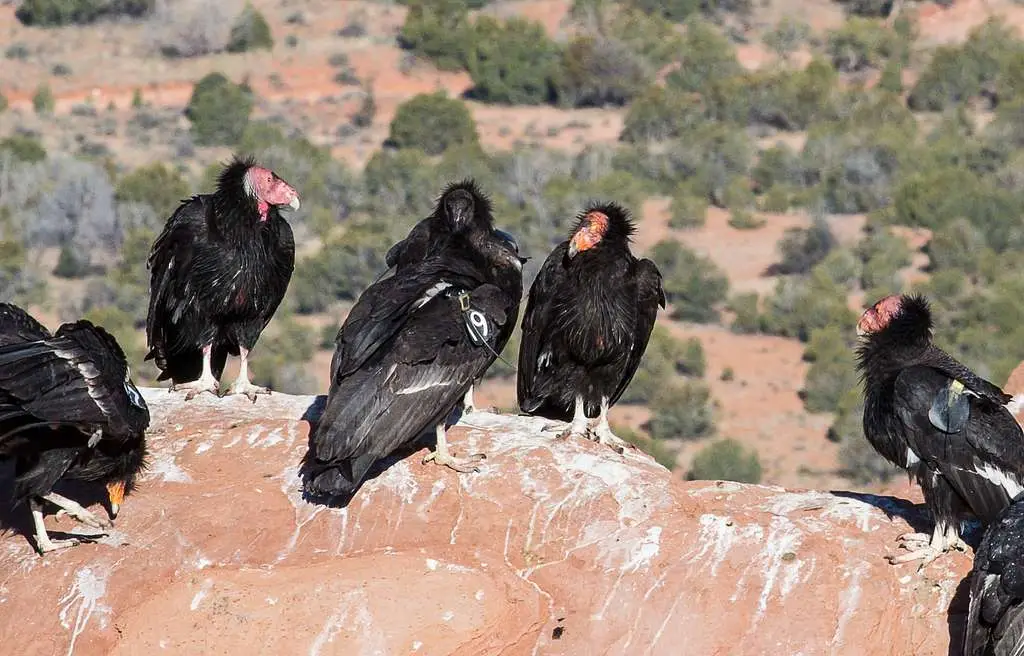
Wildfires pose a significant threat to endangered species that are already struggling due to a variety of factors, such as habitat destruction, pollution, and human activity. In areas affected by fires, these species are often pushed to the brink of extinction, as they rely on specific habitats that are now gone. The California condor, for instance, is critically endangered and depends on specific nesting sites in remote cliffs and caves. When these areas are destroyed by wildfires, the species’ ability to reproduce is severely compromised. Other endangered species, such as the western snowy plover and the San Joaquin kit fox, as discussed by the U.S. Fish and Wildlife Service, face similar challenges. The destruction of their habitats leaves them without a safe place to reproduce or find food, and their populations become even more vulnerable.
While some species may eventually recover, the process can take years, and many may never fully return to pre-fire numbers. The loss of these species not only impacts biodiversity but also disrupts entire ecosystems, as endangered animals often play critical roles in maintaining ecological balance. Conservation efforts must adapt to these new challenges, incorporating wildfire management into long-term protection strategies. The risk of extinction becomes even more real as fires become more frequent and intense, and the plight of endangered species highlights the urgency of wildlife conservation in the face of climate change.
5. Disruption of Migration Routes
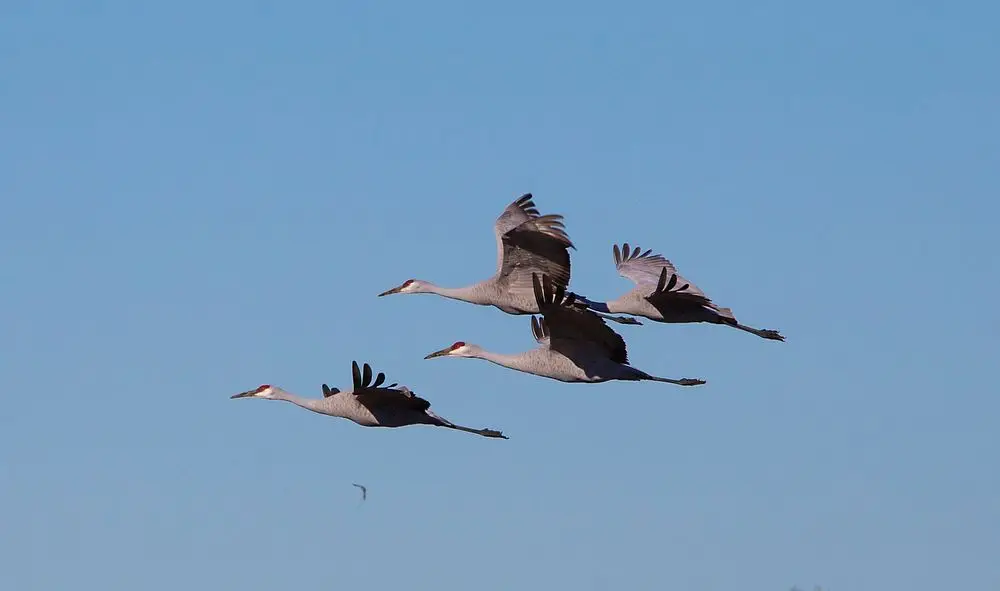
Many wildlife species rely on established migration routes to survive, and these pathways are often disrupted by the destruction of the environment caused by wildfires. Migrating animals such as birds, elk, and monarch butterflies travel long distances, often following specific landmarks and habitats that guide their journey. According to USGS, when wildfires sweep through these areas, they create barriers that force animals to adapt quickly, taking less ideal or even dangerous routes. This disruption can be particularly harmful to species that are already at risk or depend on specific habitats for reproduction or feeding. For instance, migratory birds may find their traditional stopover points, like wetlands and forests, destroyed or severely damaged, which impacts their ability to rest and refuel during their journey.
The uncertainty and stress caused by navigating unfamiliar terrain can lead to exhaustion and disorientation, making it harder for animals to reach their destinations safely. Some animals may even be forced to abandon their migration entirely, which could have devastating consequences for their survival and reproduction. The fragmentation of migration corridors also disrupts ecological connections between different ecosystems, potentially leading to declines in biodiversity and the collapse of certain species. As migration routes become blocked or altered, wildlife is forced to adapt, but the consequences of this disruption are still being felt across many ecosystems.
6. Toxic Ash and Contaminants
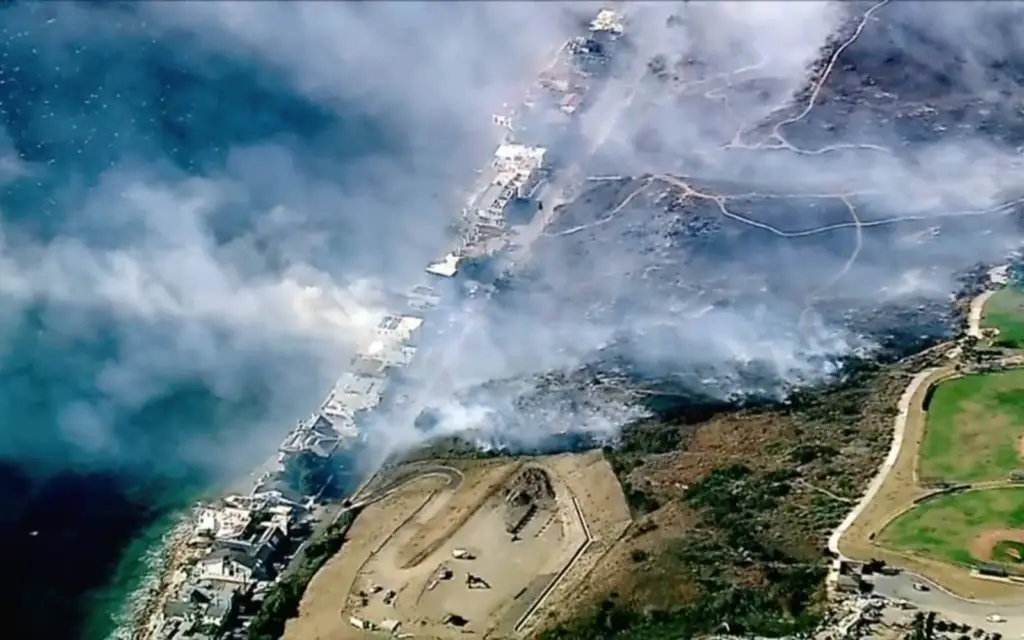
The aftermath of a wildfire leaves behind not only the physical scars of destruction but also toxic remnants that pose a serious threat to wildlife. The ash and debris left by fires can contain harmful chemicals, including heavy metals, soot, and pollutants that were previously trapped in the soil or vegetation. As these substances settle into water sources and the soil, they pose significant risks to animals that rely on these resources. Waterways may become contaminated with toxic runoff, affecting fish populations and the animals that depend on them for food. In addition, animals that come into contact with contaminated soil or water may ingest harmful substances, leading to poisoning or long-term health problems.
The long-term exposure to these toxic materials can weaken animal populations, making them more susceptible to disease and predation. In particular, species that are already weakened by food shortages and habitat loss may be unable to cope with the additional burden of chemical exposure. Wildlife, including small mammals, amphibians, and insects, that interact with contaminated environments may experience reproductive issues, decreased immune function, or even death. For some species, the environmental toxicity left behind by wildfires may be an invisible killer that complicates efforts to restore populations in the years following the disaster. In the struggle to survive after the flames are gone, the toxic aftermath can be just as deadly.
7. The Struggle to Rebuild
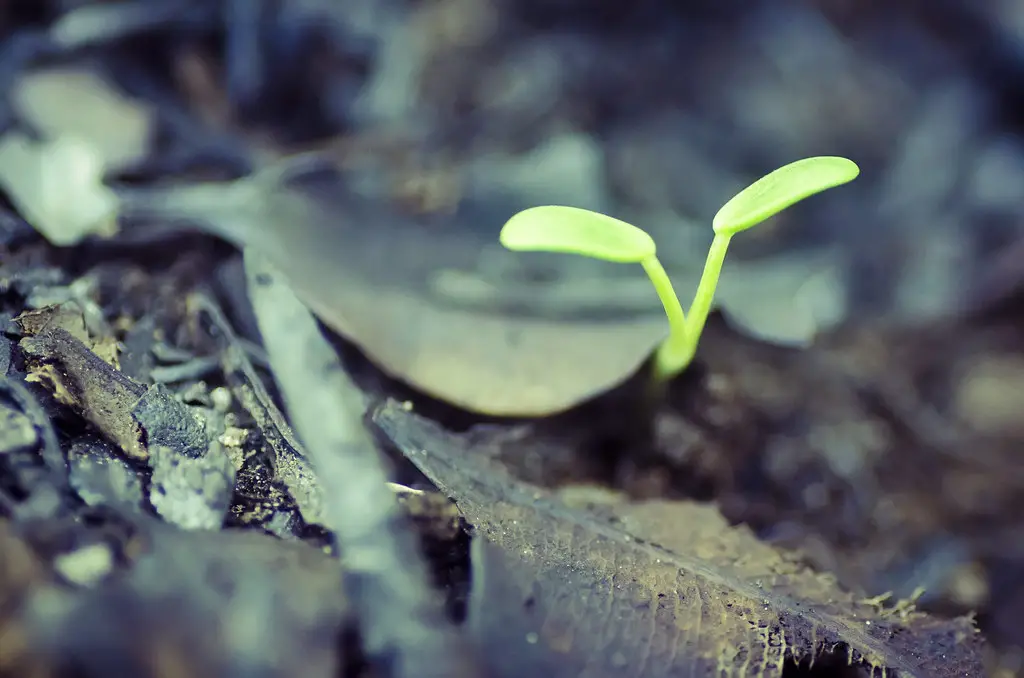
While ecosystems have a remarkable ability to recover from disturbances, such as wildfires, the rebuilding process is slow and complex. It can take years for plant life to regrow and for wildlife populations to stabilize. In some cases, it may take decades for certain ecosystems to return to their pre-fire conditions, especially in areas with long recovery timelines, such as forests and wetlands. The process of rebuilding involves both natural regrowth and active restoration efforts, such as reseeding, planting native vegetation, and removing invasive species. For wildlife, the rebuilding of habitats is a critical component of recovery, as it provides the shelter, food, and breeding grounds needed for populations to thrive.
However, rebuilding is not guaranteed, and some habitats may not recover fully, especially in the face of repeated fires or ongoing environmental degradation. As wildlife struggles to adapt to these changes, conservation efforts must focus not only on habitat restoration but also on improving fire management practices to prevent future destruction. The process of rebuilding is not just about physical restoration but also about restoring the balance of ecosystems that support wildlife. Only through continued efforts can wildlife populations begin to recover and regain their place in the landscape.
8. Human-Wildlife Conflicts
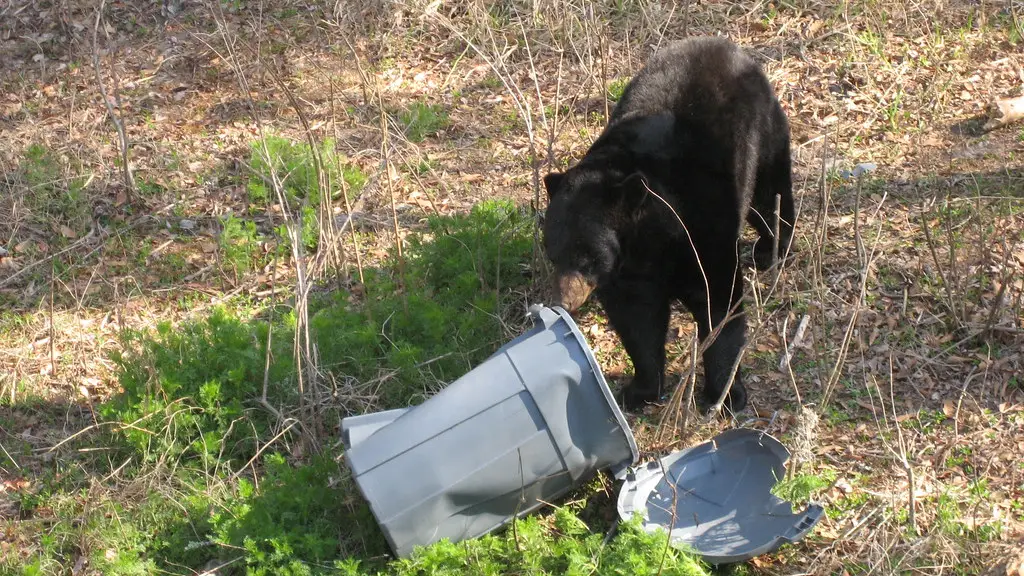
As wildlife habitats are destroyed, animals are often forced to venture into urban areas in search of food and shelter. This leads to an increase in human-wildlife conflicts, as animals such as deer, coyotes, and even bears wander into residential neighborhoods. These animals are desperate to find resources but often encounter dangers, such as vehicles, domestic pets, or even human intervention. In some cases, animals may cause property damage, and in extreme situations, they may pose direct threats to human safety. Urban areas, which are already overcrowded, become hotspots for these conflicts as animals are pushed to the brink of survival. This creates additional challenges for wildlife conservationists, who must balance the need to protect both human and animal populations.
Efforts to manage human-wildlife conflicts include relocating animals, building barriers to prevent animal movement, and providing alternative food sources in areas where wildlife is known to be displaced. While these measures may help in the short term, they are not long-term solutions to the problem. Ultimately, reducing human-wildlife conflicts requires addressing the root cause—the destruction of natural habitats—and implementing strategies to ensure that animals have safe places to live and thrive without the need to encroach on human spaces.


